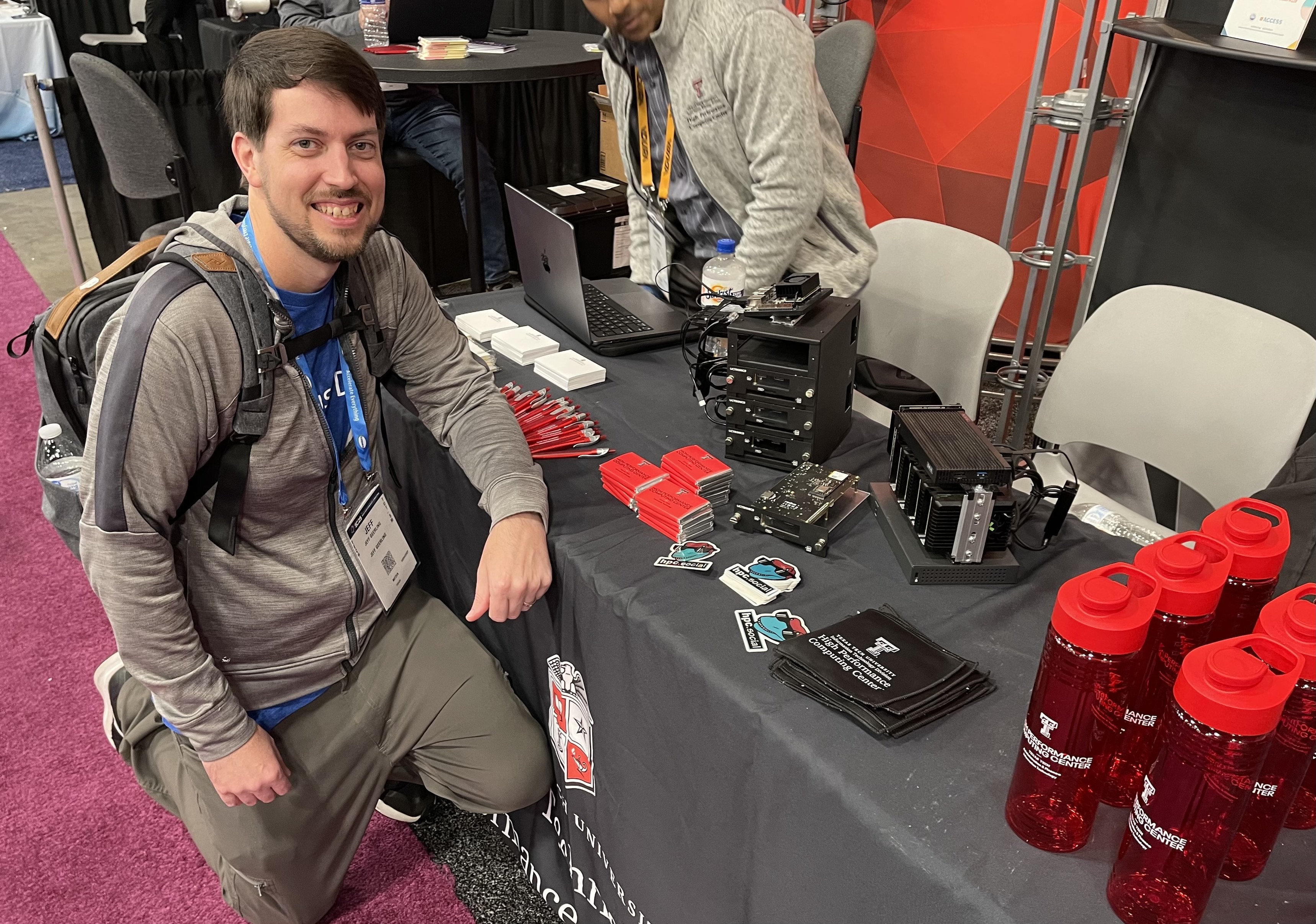Beep, Beep - I am your friendly #Snakemake release announcement bot.
There is a new release of the Snakemake executor for #SLURM on #HPC systems. Its version now is 2.0.2!
Give us some time, and you will automatically find the plugin on #Bioconda and #Pypi.
If you want to discuss the release, you will find the maintainers here on Mastodon!
@rupdecat and @johanneskoester
If you discover any issues, please report them on https://github.com/snakemake/snakemake-executor-plugin-slurm/issues.
See https://github.com/snakemake/snakemake-executor-plugin-slurm/releases/tag/v2.0.2 for details. Here is the header of the changelog:
𝑅𝑒𝑙𝑒𝑎𝑠𝑒 𝑁𝑜𝑡𝑒𝑠 (𝑝𝑜𝑠𝑠𝑖𝑏𝑙𝑦 𝑎𝑏𝑏𝑟𝑖𝑔𝑒𝑑):
𝐁𝐮𝐠 𝐅𝐢𝐱𝐞𝐬
* partition cluster selection: https://github.com/snakemake/snakemake-executor-plugin-slurm/issues/385




